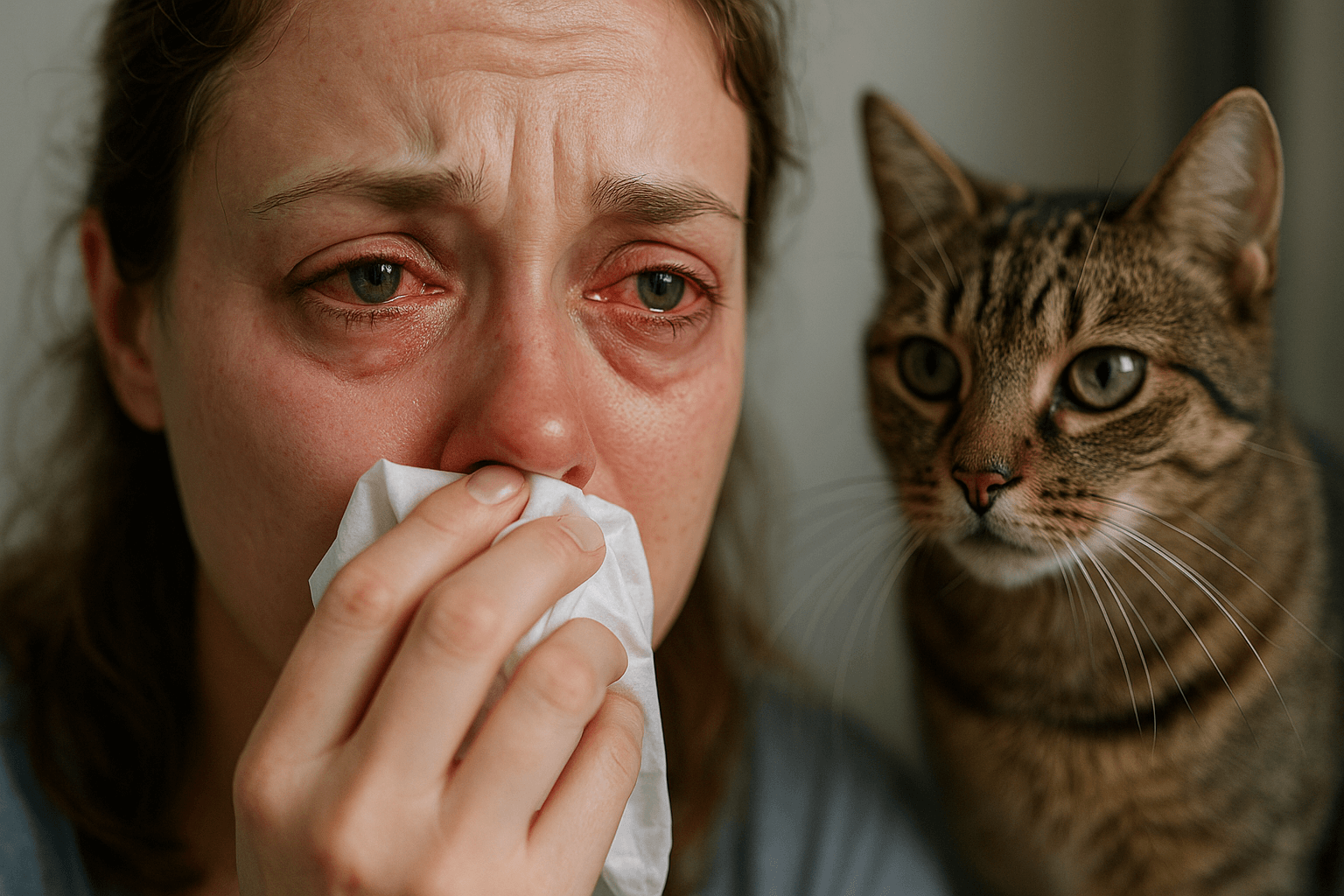Dog Ate Metal: What You Need to Know and Do Next
As pet owners, we know that dogs are curious creatures with a knack for getting into things they shouldn’t. From socks to toys, their curiosity often leads them to chew or swallow items that aren’t meant for consumption. But what happens if your dog ate metal? Whether it’s a small screw, a piece of jewelry, or even a fragment from a toy, ingesting metal can pose serious risks to your dog’s health. In this blog post, we’ll explore the potential dangers of metal ingestion, how to identify symptoms, and what steps you should take to ensure your furry friend stays safe. While this situation can be alarming, staying calm and informed is key to addressing the issue effectively.
Signs Your Dog May Have Eaten Metal
If you suspect your dog has swallowed metal, recognizing the signs early can help you act quickly. Symptoms may vary depending on the size and type of metal ingested, but here are some common indicators to watch for:
Vomiting or retching after eating
Loss of appetite or refusal to eat
Lethargy or unusual tiredness
Abdominal pain or whining when touched
Difficulty swallowing or drooling excessively
These symptoms can signal that something is wrong, but they may also overlap with other conditions. If you notice any of these signs, it’s crucial to seek veterinary advice promptly to determine the cause and prevent complications.
Potential Risks of Metal Ingestion in Dogs
When a dog eats metal, the risks can range from mild discomfort to life-threatening complications. The severity depends on factors like the size, shape, and type of metal ingested. Here are some potential risks associated with metal ingestion:
Blockages in the digestive tract, leading to constipation or vomiting
Internal injuries caused by sharp edges or large pieces
Poisoning from toxic metals like lead or zinc
Perforation of the stomach or intestines
Inflammation or infection in the gastrointestinal system
Understanding these risks highlights the importance of addressing metal ingestion immediately. Even seemingly harmless objects can cause significant harm, so erring on the side of caution is always best.
Check this guide 👉What to Do If Your Dog Ate Flour: Best 7 Expert Tips!
Check this guide 👉What to Do If Your Dog Ate a Banana Peel: Best 7 Tips!
Check this guide 👉My Dog Ate Coffee Grounds: Best 7 Expert Tips!

Steps to Take if Your Dog Ate Metal | What to Avoid Doing |
|---|---|
Call your veterinarian immediately | Waiting to see if symptoms worsen |
Provide details about the object | Inducing vomiting without guidance |
Monitor your dog closely for symptoms | Giving food or water unless advised |
Follow all veterinary instructions | Ignoring unusual behavior or symptoms |
Keep hazardous items out of reach | Assuming small objects will pass naturally |
What to Do If Your Dog Ate Metal
If you discover that your dog has ingested metal, taking the right steps can make all the difference in ensuring their safety. Here’s a guide on what to do in this situation:
Stay calm and assess the situation before acting
Check your dog’s mouth for visible metal pieces that can be safely removed
Contact your veterinarian or an emergency clinic for advice
Bring any packaging or remnants of the object to the vet appointment
Follow their recommendations, which may include X-rays or surgery
Acting quickly and responsibly is essential to minimize risks. Your prompt response can prevent complications and give your dog the best chance at recovery.
Preventing Future Incidents of Metal Ingestion
Prevention is always better than dealing with the aftermath of your dog eating something dangerous. By taking proactive measures, you can reduce the likelihood of metal ingestion incidents. Here are some tips to keep your dog safe:
Store small metal objects like screws, nails, or coins in secure containers
Supervise your dog during playtime, especially with toys that may contain metal parts
Regularly inspect your home and yard for hazards
Train your dog with commands like “leave it” to discourage chewing on inappropriate items
Use pet-proof trash cans to prevent access to discarded metal objects
By implementing these strategies, you can create a safer environment for your dog and reduce the risk of future accidents. Prevention is the best way to protect your furry companion.
How to Identify Dangerous Metal Objects
Not all metal objects pose the same level of risk, but some are particularly hazardous if ingested by your dog. Being able to identify these items can help you take preventive measures and act quickly if an incident occurs. Here are examples of dangerous metal objects to watch out for:
Small screws or nails that can easily be swallowed
Coins containing toxic metals like zinc or copper
Jewelry with sharp edges or small parts
Fragments from broken toys or household items
Fishing weights or sinkers made of lead
By keeping these items out of your dog’s reach, you can significantly reduce the risk of accidental ingestion. Awareness is the first step toward prevention, so always stay mindful of potential hazards in your home.
Foods That May Contain Hidden Metal Risks
While most pet owners are cautious about their dog’s diet, some foods or food-related items may inadvertently introduce metal risks. These hidden dangers can be overlooked, making it important to stay informed. Here are examples of foods or packaging that may contain metal:
Canned food with loose metal fragments from damaged cans
Chewable bones wrapped in metallic foil
Pet treats packaged with small metal clips or ties
Cookware with flaking non-stick coatings containing trace metals
Recalled pet foods due to contamination with metal shards
By inspecting food packaging and staying updated on recalls, you can protect your dog from unintentional exposure to harmful metals. A little extra care goes a long way in ensuring their safety.
Emotional Support for Owners During This Stressful Time
Discovering that your dog ate metal can be an incredibly stressful experience for pet owners. Managing your own emotions while focusing on your dog’s well-being is crucial during this time. Here are some ways to cope and stay strong for your furry friend:
Take deep breaths and remind yourself that you’re doing everything you can
Lean on friends, family, or online communities for emotional support
Educate yourself about the situation to feel more in control
Focus on positive outcomes and trust your veterinarian’s expertise
Reward yourself for staying calm and proactive during a difficult time
By prioritizing your mental well-being, you can remain focused and present for your dog. Remember, your love and dedication are their greatest assets, and together, you’ll navigate this challenge successfully.
FAQ
What should I do if my dog ate a small piece of metal?
Contact your veterinarian immediately, even if the piece seems small, as it could still cause blockages or poisoning.
Can a dog pass metal naturally?
Small, smooth objects may pass through the digestive tract, but sharp or large pieces often require medical intervention.
How long does it take for metal to pass through a dog’s system?
It can take 12 to 48 hours, but timing varies depending on the object and your dog’s digestive system.
Are certain metals more dangerous than others?
Yes, metals like lead, zinc, and copper are toxic and can cause severe poisoning if ingested.
What happens if metal gets stuck in a dog’s stomach?
A blockage can lead to vomiting, pain, and potentially life-threatening complications, requiring surgical removal.
Conclusion: Staying Vigilant to Protect Your Dog
While it’s not uncommon for dogs to swallow things they shouldn’t, metal ingestion is a serious matter that requires immediate attention. Recognizing the signs, understanding the risks, and knowing what steps to take can make all the difference in ensuring your dog’s safety. Prevention plays a vital role in avoiding such incidents, so staying vigilant about your pet’s environment is key. Remember, your quick thinking and responsible actions can save your dog from unnecessary suffering. By fostering a safe and supervised space, you can continue to enjoy countless happy moments with your beloved companion—free from the worry of unexpected mishaps.
Why Is My Cats Second Eyelid Showing? Best 7 Expert Tips! Understand causes, health signs, and how to respond when your cat’s third eyelid becomes visible.
How Do I Know If My Cat Died Peacefully? Best 7 Expert Tips! Discover the quiet signs of a peaceful feline passing and find comfort in their final moments.
Cat Allergy Eyes: Best 7 Expert Tips! Discover why your eyes react to cats and learn proven strategies for relief—without giving up your feline friend.
Why Do Abyssinian Cat Colors Matter? Best 7 Expert Tips! Discover the genetics, rare hues, and care secrets behind Abyssinian coat colors for a healthier, happier cat.





